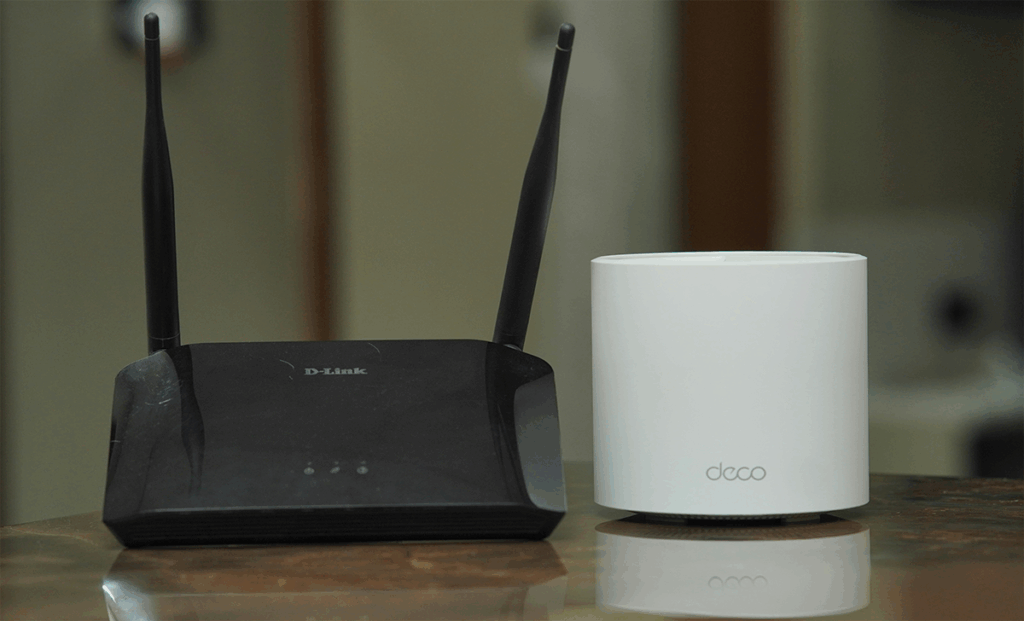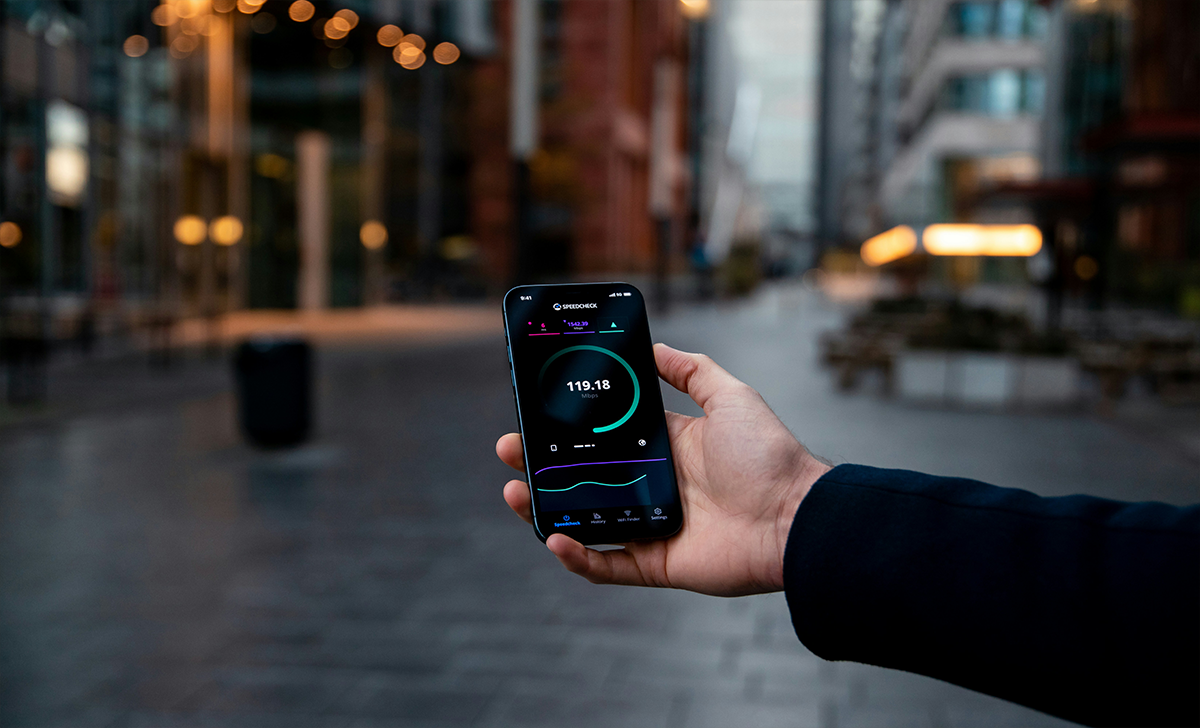Slow WiFi is a pain. Whether you’re streaming a movie, hopping on a video call, or trying to get some work done, a spotty connection can ruin the moment fast. The good news? You probably don’t need a new router to fix it.
Before spending money on extenders or upgrades, try a few simple tweaks to your current setup. Most of these are quick, beginner-friendly changes that can make a noticeable difference.

Here are easy ways to boost your WiFi at home without buying anything new:
- Move Your Router
Out of sight, out of mind but in the case of routers, that’s not great. Where your router sits affects how well it works.
Try this:
Place it near the center of your home
Keep it off the floor (put it on a shelf or table)
Avoid putting it near thick walls, metal appliances, or other electronics
If it’s tucked behind a TV or shoved under a desk, bring it out into the open. Think of your router like a mini radio tower the more exposed it is, the better it broadcasts.
Bonus: If your signal drops near windows but is strong elsewhere, putting the router closer to a window can help extend coverage outside. Great for backyard streaming.
- Adjust the Antennas
If your router has external antennas, don’t just leave them pointing whichever way. Position one vertically and the other horizontally. This helps the signal reach across different floors and angles of your home.
No antennas? Skip this one.
- Avoid Interference
Wi-Fi doesn’t play nice with certain household gadgets. Devices like microwaves, baby monitors, and cordless phones can mess with your signal.
Try to keep your router away from:
Microwaves
Wireless speakers
Game consoles and smart TVs (unless they’re wired in)
Thick metal or concrete walls
Even moving it a few feet can help.
- Limit Connected Devices
You might be surprised how many devices are using your WiFi at once phones, laptops, smart bulbs, security cams, tablets… the list adds up.
If things feel sluggish, disconnect devices you’re not using. You can also log into your router’s settings to see what’s connected and even prioritize certain ones (like your work laptop).
- Change the Wi-Fi Channel
Routers use channels to send out signals. If you live in an apartment or densely packed neighborhood, your WiFi might be clashing with everyone else’s on the same channel.
To fix this:
Log into your router’s admin page (usually by typing 192.168.1.1 or similar into your browser)
Check the current channel
Switch to a less crowded one
There are free apps like WiFi Analyzer (Android) to help find a better channel.
If your router supports dual-band (2.4GHz and 5GHz), use both. The 5GHz band is faster but covers less distance. The 2.4GHz travels farther but tends to be slower.
- Reboot Your Router
Yep, the classic “turn it off and on again” still works. A quick reboot clears out temporary bugs and can speed things up.
If your router hasn’t been restarted in weeks, give it a reset. Some models even let you schedule automatic reboots overnight.

- Secure Your Network
If your WiFi is dragging, someone else might be using it without your permission.
Make sure your network is password protected with WPA2 or WPA3 encryption. Avoid easy passwords like “password123” or your street name.
A secure network = better performance for your devices.
- Use Ethernet Where It Makes Sense
Wi-Fi is convenient, but not always stable. For things that stay in one spot like gaming consoles, TVs, or desktops plug in with an Ethernet cable.
This takes the load off your Wi-Fi and gives those devices a faster, more stable connection.
- Update Your Router’s Firmware
Like your phone or laptop, your router needs updates too. Outdated firmware can cause performance issues or security holes.
Log into the admin panel and check for firmware updates. Some routers do this automatically, but it’s worth checking every now and then.
- Try DIY Signal Boosters (Optional)
If you’re feeling crafty, you can experiment with DIY reflectors like shaping aluminum foil or cutting a soda can to redirect the signal. It’s not guaranteed to work, but it doesn’t hurt to try.
Position the reflector behind the router, aimed toward the area you want to improve. Plenty of online tutorials can walk you through it.
Before You Buy Anything, Try These First
When Wi-Fi slows down, it’s easy to think you need a new router or expensive gear. But often, a few small changes are all it takes.
Try moving your router, limiting interference, or tweaking a few settings. These fixes are simple and free and they can make a big difference.
Start there, and see how much your Wi-Fi improves before reaching for your wallet.

